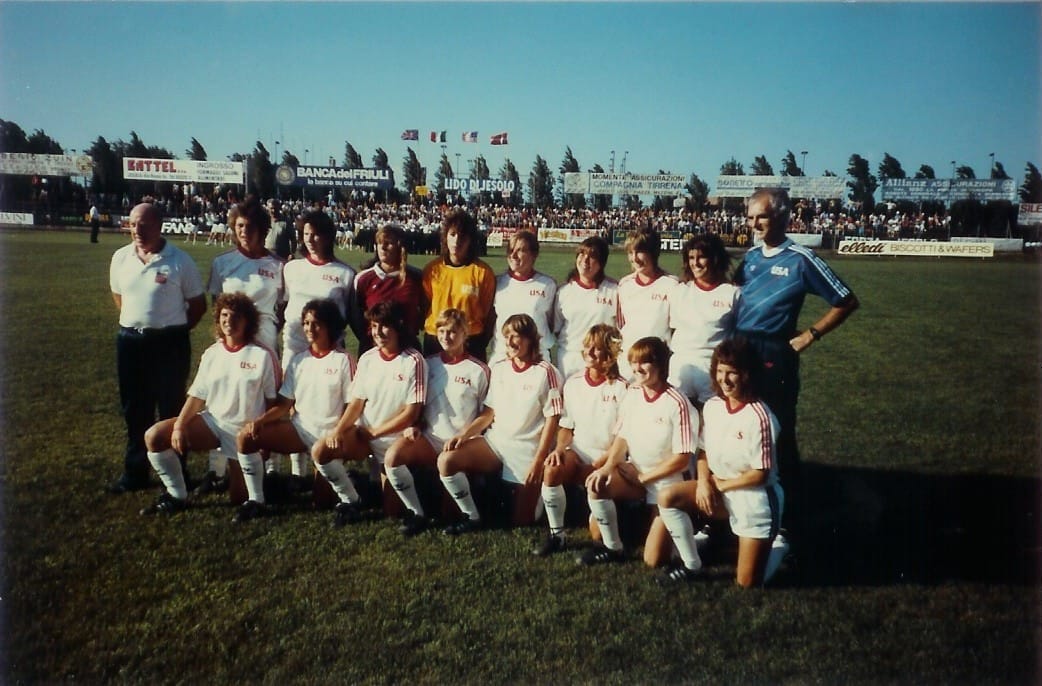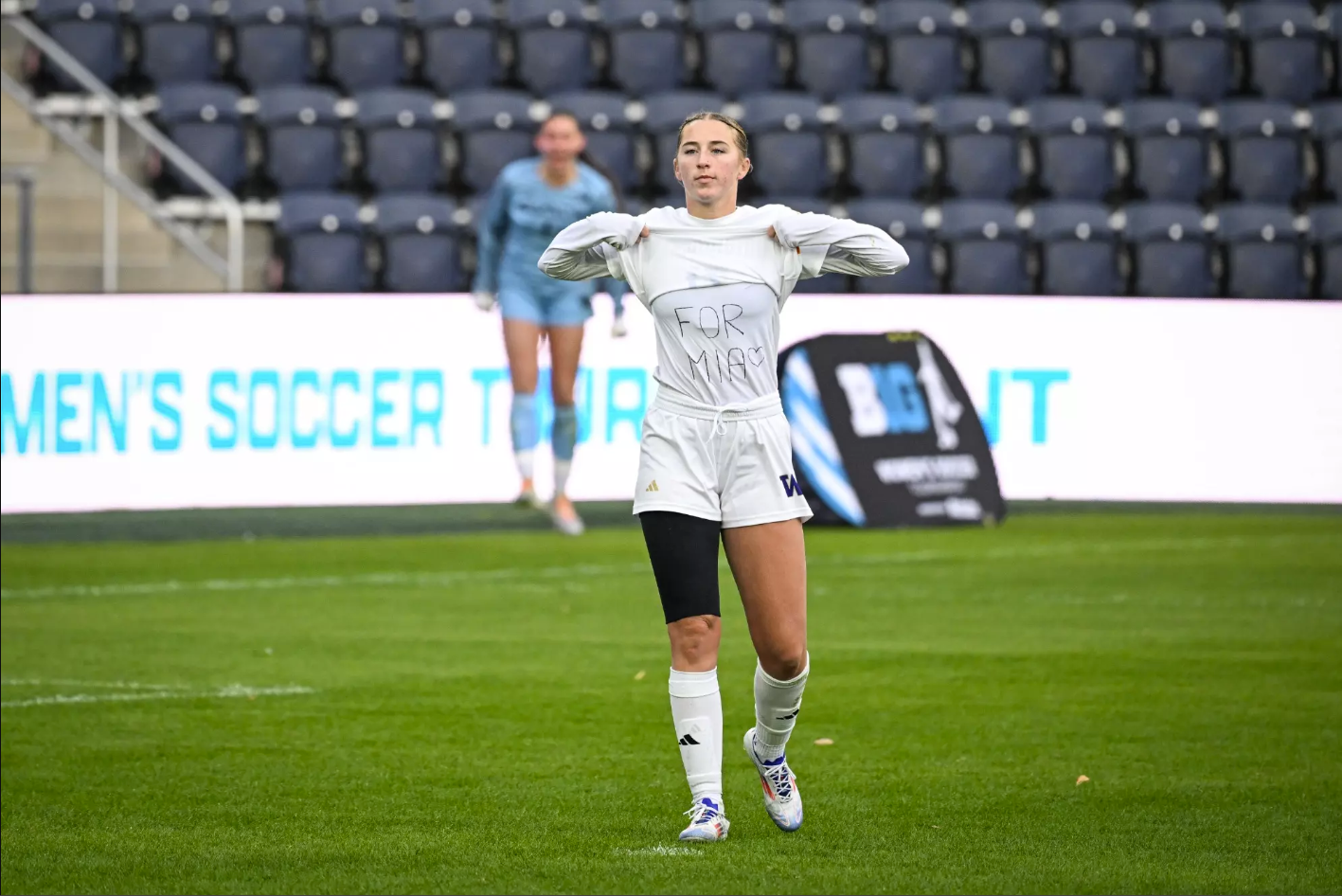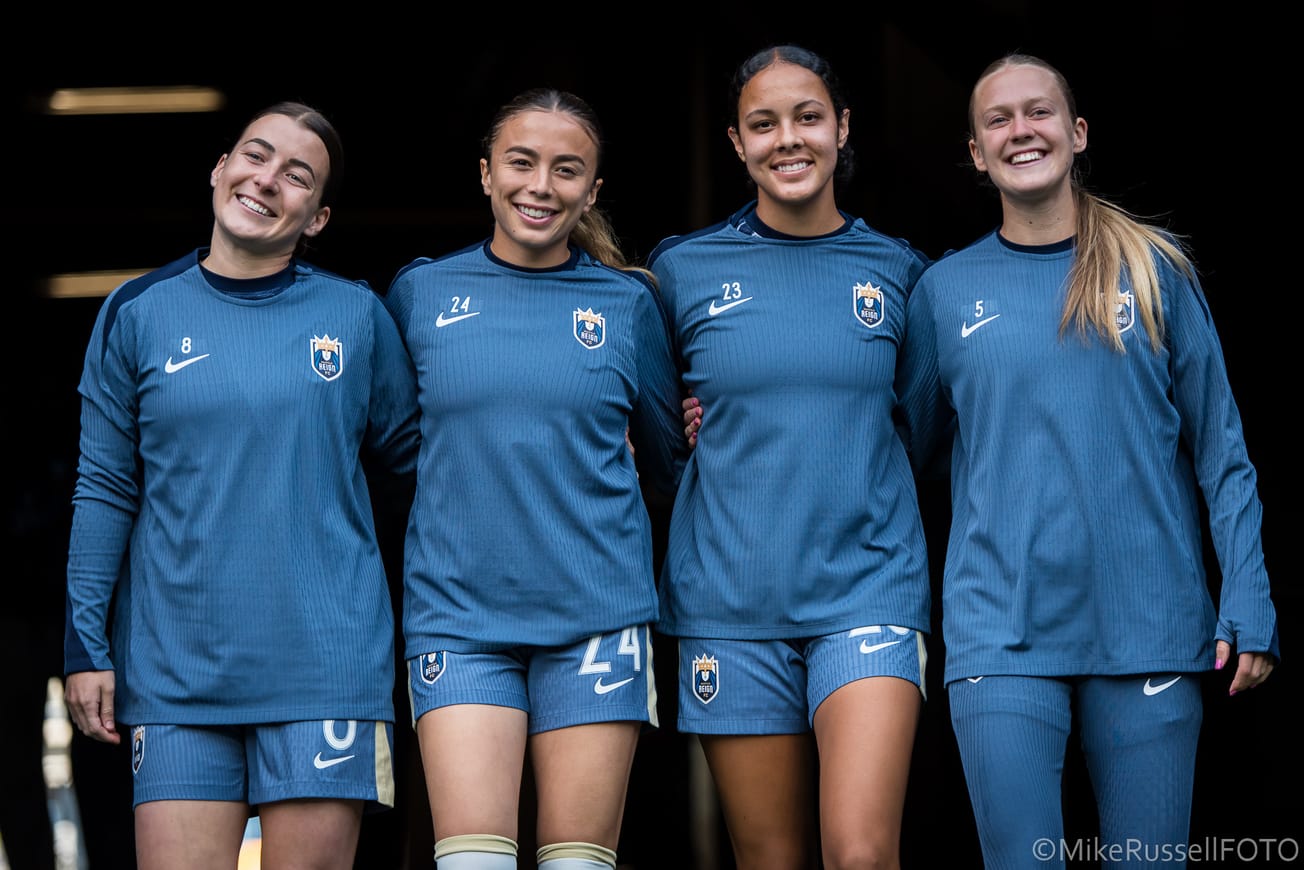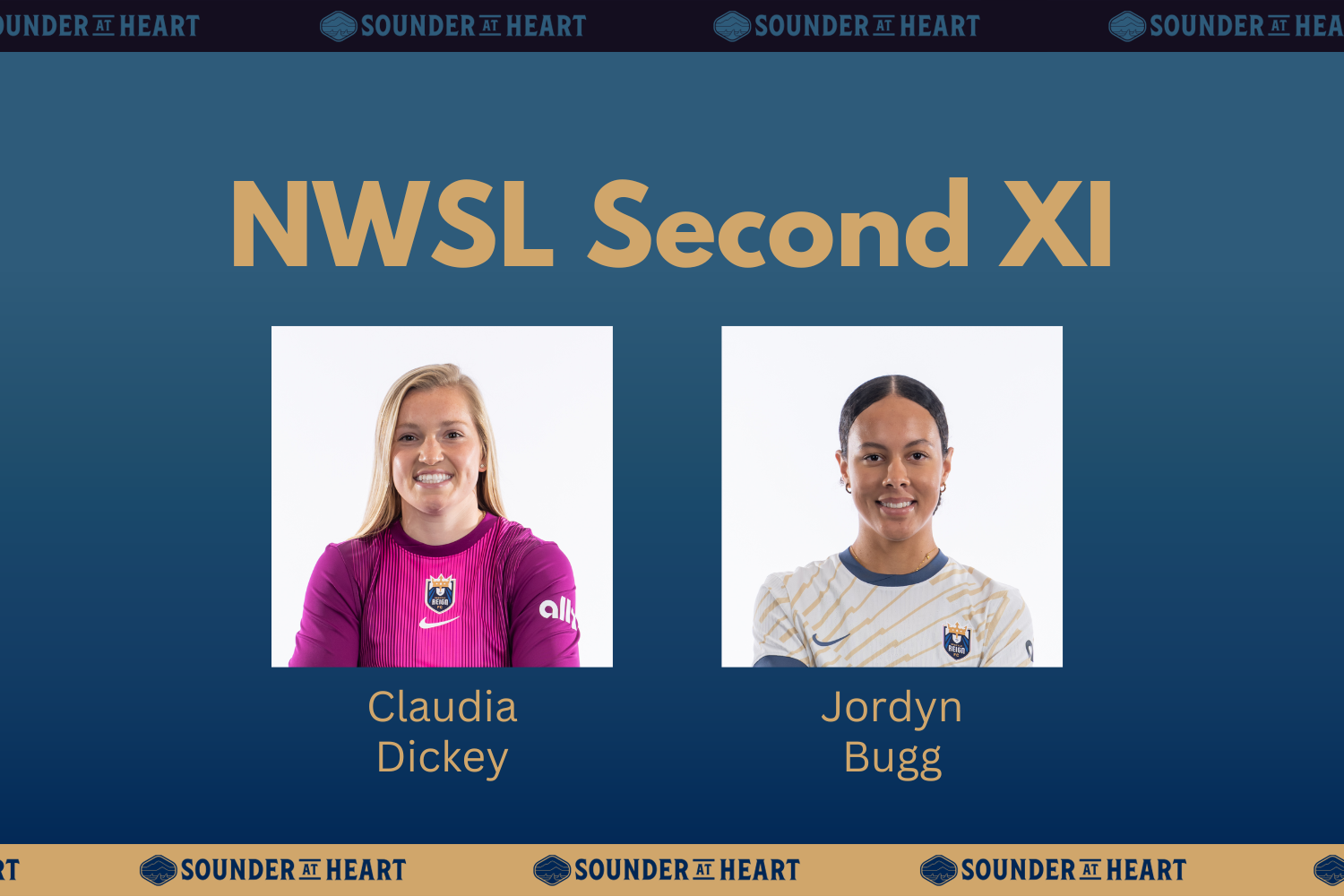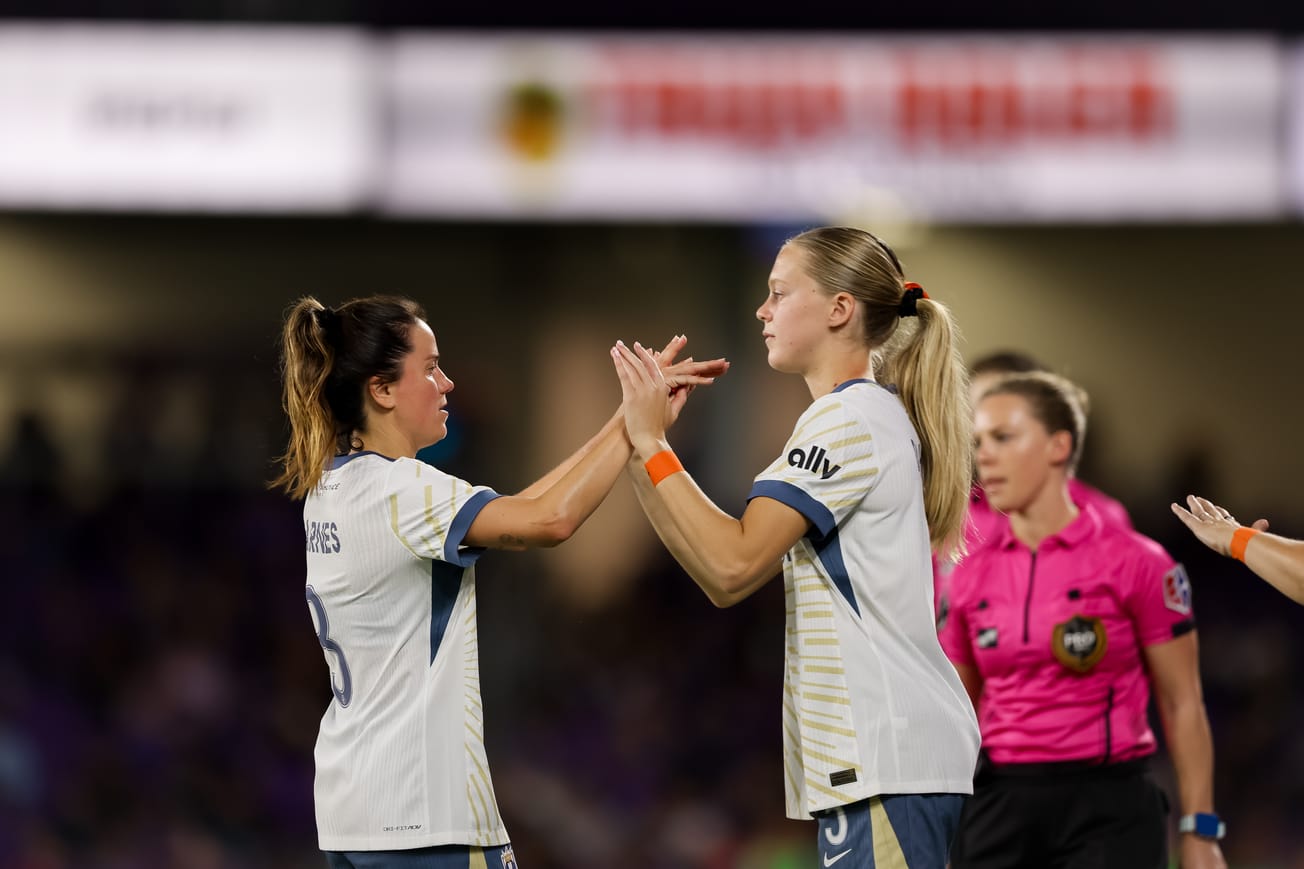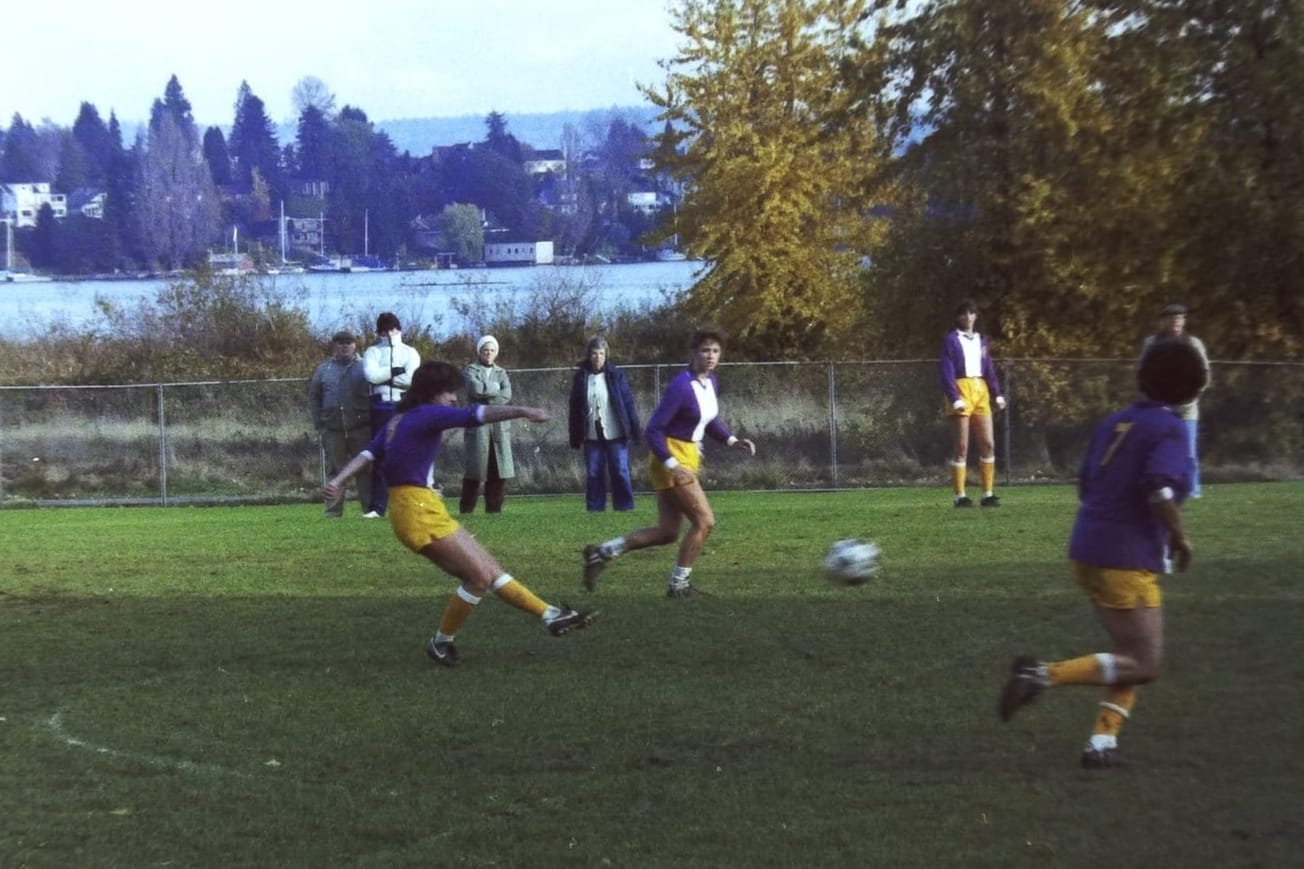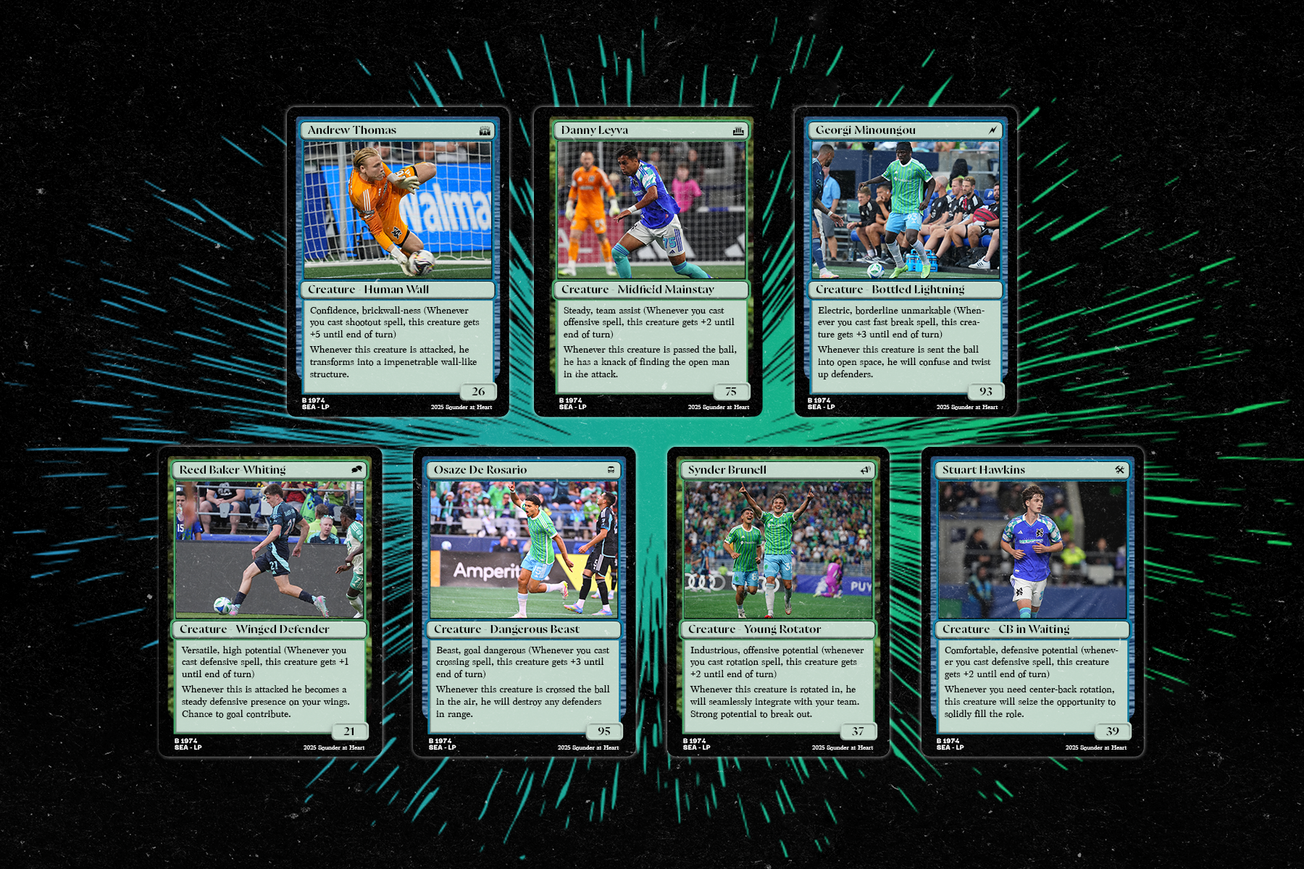They were the first. And whatever has happened since – the four world championships and five Olympic golds – was truly achieved on the shoulders of The 85ers.
Long before the country flipped on the spotlight switch for the U.S. Women’s National Team, these figures strode wide-eyed onto a world stage. We would like to believe that they were ready for the moment, that summer afternoon along the Adriatic. But in truth, in 1985 the United States was not ready for prime time. A frugal federation saw to that.
They hired a coach but took another two years to scratch together enough funds for a few days of preparation and some surplus men’s kits before sending their inaugural women’s team against an assemblage of Europe’s most talented and tested.
Queens for a Night
Honoring The 85ers is the centerpiece of the Seattle Reign’s Queens Night on Monday, August 18, the 40th anniversary of the USWNT debut match in Jesolo, Italy. It’s a celebration and, for many of the attendees, a homecoming.
Mike Ryan, the coach, lived in Lake City. Eight of his players hailed from the Puget Sound. What’s more, that maiden voyage could well have started in Seattle. Three months before the Mundialito, FC Seattle announced a tournament involving the USWNT, West Germany and England to be held Aug. 7-12 at Memorial Stadium. Alas, weeks later the plans fell apart.
Back in 1985, the national team’s existence was largely overlooked by the press and public. Only in 1996, when attracting large crowds during the Atlanta Summer Games, did the media finally take notice. The 85ers have only begun receiving greater recognition in the past two years, beginning with a 2023 reunion in Asheville, N.C., followed by a 2024 celebration in Kansas City.
“This reunion is special because almost half of that team was from Washington,” said Denise Bender, the ’85 team captain who grew up on Mercer Island. “The Washington State Women’s Soccer Association and the Washington State Soccer Association were strong advocates for us to get seed money for travel to tournaments and playing on a visible platform. We couldn’t have done all that by just selling candy bars.”
Bender has invited her college teammates and peers from the University of Washington, Washington State and Western Washington (where her twin sister Laurie starred). Other locally raised members of that first team: Michelle Akers, Denise Boyer, Lori Bylin, Cindy Gordon, Lori Henry, Sharon McMurtry Remer and Kathy Ridgewell. Lorraine Figgins was the alternate.
Starting from Scratch
The Mundialito was a precursor to the FIFA Women’s World Cup, which would get underway in 1991 under an assumed name, the M&Ms Cup. Italy, Denmark and England – three of the top four teams in the 1984 UEFA championships – would face the U.S. The Americans’ takeaway from the tournament was a draw with Denmark, three tight, competitive losses and, perhaps most notably, the signature team cheer which is still shouted to this day: “Oosa, Oosa, Oosa!” The Italian fans welcomed their opponents by serenading them (USA, USA, USA!) moments before kickoff.
A handful of Seattle-area players had been tapped by Ryan to play in 1983, shortly after his appointment. With insufficient funds to travel or host matches, it became the first of two so-called “paper teams.” Two of those chosen in ’83 – Bender and McMurtry – would form the spine of his 85ers, Bender in defense and McMurtry in midfield. By the tournament’s second game, the legendary Akers would take her place at the tip of the attacking spear. The 19-year-old from Shoreline scored the historic first goal in USWNT history during a 2-2 result against Denmark.
McMurtry had not only been a big Sounders fan while playing (two years at left wing with the boys’ varsity) for Kenmore’s Inglemoor High School, she also was once invited to practice with the NASL team. “I was so in awe of being on the same piece of earth as Alan Hudson, who along with (Tottenham’s) Glenn Hoddle, was my idol then,” she remembered. “It was awesome.”
While Akers would lead the U.S. with two goals, McMurtry would become the federation’s inaugural women’s player of the year for 1985. Ryan’s successor as coach, Anson Dorrance, said McMurtry was clearly the program’s first standout.
“This was a statuesque player with extraordinary touch and technical quality and game intelligence,” Dorrance said of McMurtry. “This was an elite player.”
At 26, Bender was the squad’s senior member and Ryan’s choice for skipper. She was paired with Shoreline’s Henry, who became Dorrance’s stopper on four NCAA championship teams at North Carolina.
Most of the Washingtonians had played for Ryan. His Seattle teams won three straight national club championships from 1980-82. “The best adult soccer in the country was played here,” Dorrance told a Seattle audience in 2019. “Their elite women’s teams were the absolute best… Mike was part of this extraordinary community.”
Of that first selection, only Henry and Akers would make it all the way from the Mundialito to taking possession of that first World Cup trophy under Dorrance’s direction six years later.
Thrills and Hand-Me-Downs
Enumclaw’s Ridgewell retold tales of the team coming together with only three days to prepare before departing.
“We probably could have done a little better if we’d actually met each other and played together for a couple of minutes before we went,” Ridgewell said wryly during that 2019 forum. “It was such a whirlwind of, ‘We get to go.’ We got hand-me-down uniforms from the men. Some moms who went with us on the trip were quickly sewing the uniforms down from extra larges to smalls and probably extra small. But we were just so excited to go.
“Mike really helped us understand the magnitude,” she said of Ryan. “I don’t think there’s any way to describe what it’s like, knowing you’re the first one and walking out and representing your country in another country. I’m not sure you can describe that feeling when your national anthem plays and you’re standing there with 15-18 other people from your country, doing what you love to do. It’s overwhelming, and I think Mike was really good about helping us with the magnitude of that event and how really special it was.”
Weeks after returning from Italy, Ridgewell would slip into Western Washington’s lineup. Three of the local players were collegians at the NAIA level. There were no NCAA Division I programs in the state until 1989.
A Prideful Moment
Looking back, Bender has a trove of memories, some clear and some shrouded.
“We showed we could be as competitive and play at a high level without having much practice time together,” she said. “We missed a penalty (versus Italy), our bus got lost so we had no warm-up before another game. Still, we were right in there with them in some fast-paced games. It was a pretty prideful moment for us.”
Bender, who admits to not remembering a single facet of the England match, wishes there was video of various moments: The Denmark game, their night at the local disco, playing Italians in small-sided games along the beach and emerging from their locker room for the Italy encounter.
“We just were so grateful to be there,” she said.
“You guys are the original history of the women’s game,” Dorrance reminded that Seattle audience. “You had people here who respected it. You had people here that coached it well, and you were women who were passionate about it. You guys are really the birthplace of the game. I want to pay tribute to your community because you guys were the absolute beginning.”
This story first posted on the author's local soccer history blog, FrankMacDonald.net.


